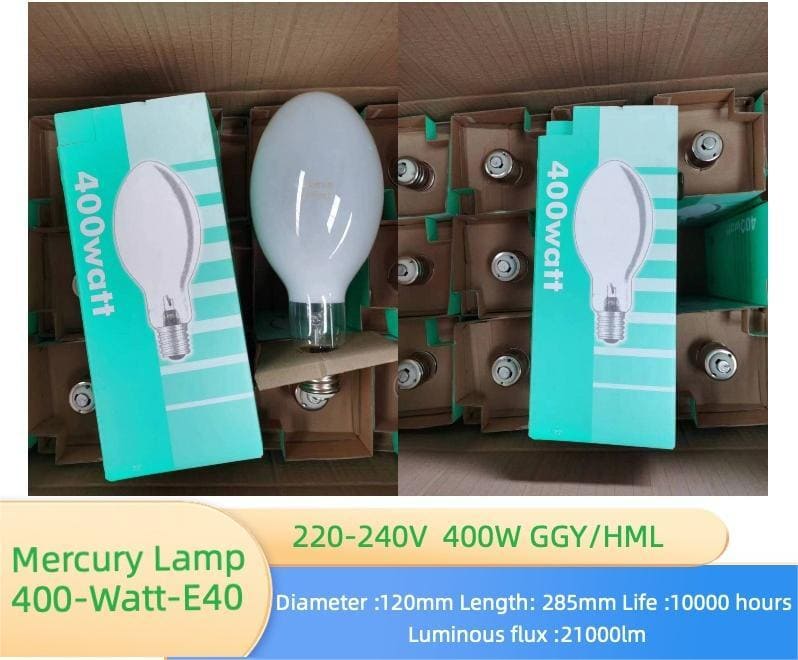Mercury lamps have been used in street lighting, big public places, and industrial settings for a long time because they are efficient and last a long time. The important thing that makes light in a mercury lamp is the vapor in the lamp. A lot of people want to know what kind of vapor is in a mercury lamp and how it makes light.
A mercury lamp has mercury vapor in it. When you turn it on, the electricity causes the mercury vapor to put off ultraviolet light. This ultraviolet light is then turned into visible light by a coating called a phosphor or comes out as visible light directly, depending on the type of lamp.
To really understand why mercury vapor is important and how it makes light, we need to talk about how a mercury lamp works, the science behind it, and where you see these lamps.
What is a mercury lamp and how does it work?
Mercury lamps are a type of gas discharge lamp that produces light through the vaporization of mercury. Unlike incandescent bulbs, which produce light through a heated filament, mercury lamps rely on electrically charged mercury vapour to generate light. This process creates an electrical arc, which produces ultraviolet light that can either be used for special applications (like sterilization) or converted into visible light for everyday use.
- Overview of Mercury Lamps: Mercury lamps are commonly used for large-area lighting due to their brightness and long lifespan. They are known for their distinctive bluish-green hue, which is a direct result of the type of light emitted by the mercury vapour. These lamps are often found in street lighting, floodlights, industrial lighting, and gymnasiums.
- Basic Operation: Inside the lamp, there is a small amount of liquid mercury along with an inert gas, usually argon or neon, at low pressure. When voltage is applied to the lamp, an arc forms between two electrodes. This arc heats the mercury, causing it to vaporize and ionize, allowing electricity to pass through the mercury vapour. The energized mercury atoms then emit ultraviolet light as they return to their normal state. This UV light can either be converted into visible light by a phosphor coating inside the lamp or, in the case of high-pressure mercury lamps, the arc itself emits visible light directly.
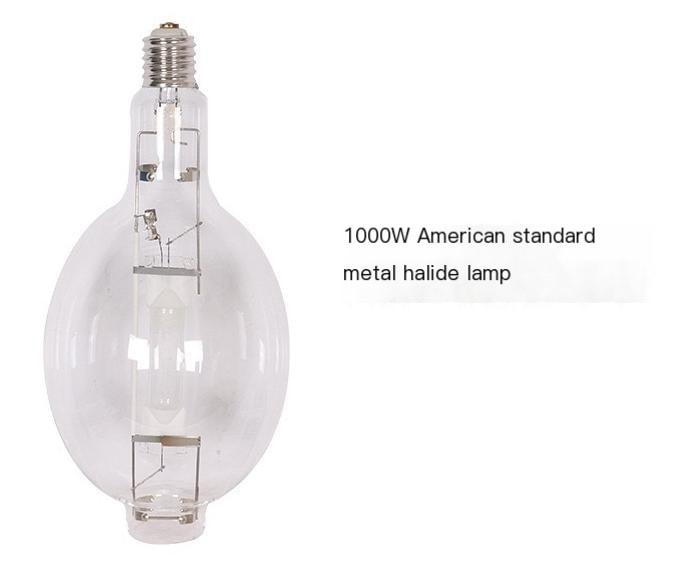
What type of vapour is stored in a mercury lamp?
The primary vapour stored inside a mercury lamp is mercury vapour. Mercury is a heavy metal that is in a liquid state at room temperature but quickly vaporizes when exposed to heat. The mercury vapour plays a critical role in the lamp’s light production process.
- Mercury Vapour: The mercury inside the lamp is initially in liquid form. Once the lamp is turned on and the electric arc starts, the heat generated causes the mercury to vaporize. As this vaporized mercury becomes electrically excited, it emits ultraviolet light. Mercury vapour is essential because, without it, the lamp would not produce the ultraviolet radiation necessary for light generation.
- Low-Pressure and High-Pressure Mercury Vapour: Mercury lamps can be classified into two main categories based on the pressure at which the mercury vapour operates—low-pressure mercury lamps and high-pressure mercury lamps.
- Low-pressure mercury lamps: These are primarily used in applications where UV light is needed, such as in germicidal lamps for water purification or UV curing lamps for industrial processes. These lamps operate at a lower temperature and pressure, meaning the mercury remains in a lower concentration, and the primary emission is in the ultraviolet spectrum.
- High-pressure mercury lamps: These lamps are used for general lighting purposes, such as streetlights or industrial lighting. In these lamps, the higher pressure inside the lamp causes the mercury vapour to emit both ultraviolet and visible light. This visible light gives the mercury lamp its characteristic bluish-green color.

How does mercury vapour produce light?
The light production in a mercury lamp occurs due to the interaction of electrical energy with the mercury vapour inside the lamp.
- UV Emission: When an electrical current passes through the mercury vapour, it excites the mercury atoms. As these atoms return to their normal state, they release energy in the form of ultraviolet light. This ultraviolet light is invisible to the human eye but is crucial in the light generation process. In fluorescent lamps, for example, the ultraviolet light produced by mercury vapour is absorbed by a phosphor coating on the inside of the tube, which then emits visible light.
- Visible Light Production: In high-pressure mercury lamps, the ionized mercury vapour emits not only UV light but also visible light directly. As the vaporized mercury creates an electric arc inside the lamp, it produces light in the blue, green, and violet parts of the spectrum. This is why mercury vapour lamps often have a cooler, bluish-green tint compared to the warmer light of other types of lamps like sodium or incandescent bulbs.
The combination of UV and visible light makes mercury lamps versatile, with some designed for general lighting and others for specialized applications like UV disinfection.
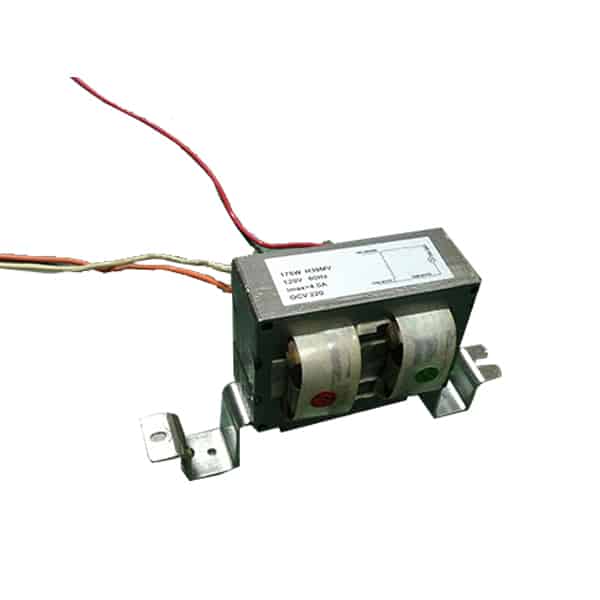
Are other gases present in mercury lamps?
In addition to mercury vapour, mercury lamps often contain small amounts of inert gases, such as argon or neon. These gases play a supportive role in the operation of the lamp.
- Inert Gases: Inert gases like argon or neon are added to mercury lamps to help create the initial arc that vaporizes the mercury. These gases are non-reactive, meaning they do not chemically interact with the mercury or the lamp’s electrodes, but they facilitate the electrical discharge needed to get the lamp started.
- Role of Inert Gases: These inert gases act as a buffer and help lower the voltage needed to strike the initial arc. Once the lamp is operating, the mercury vapour takes over as the primary element responsible for light production. Without the presence of these inert gases, it would be much harder to start the lamp.
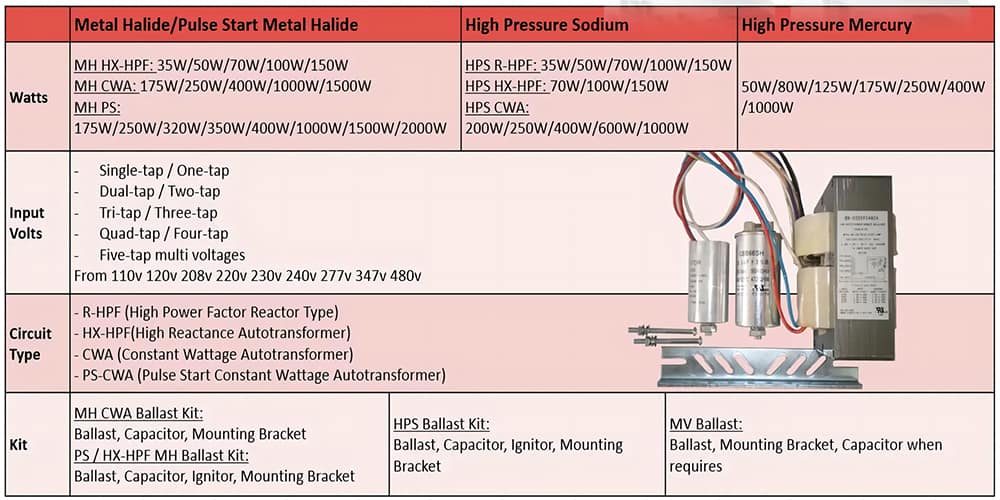
Applications and advantages of mercury vapour lamps
Mercury vapour lamps offer several advantages, making them suitable for a wide range of applications, especially where bright, long-lasting lighting is needed.
- Common Uses: Mercury vapour lamps are primarily used in street lighting, industrial environments, and large public spaces like stadiums or parking lots. The UV version of mercury lamps is also widely used in water treatment facilities, as ultraviolet light is highly effective in killing bacteria and other microorganisms.
- Advantages: Mercury lamps are known for their long lifespan and energy efficiency compared to incandescent or halogen lamps. High-pressure mercury vapour lamps are particularly appreciated for their good color rendering, meaning they can accurately display the colors of objects under their light. This is why they are often used in outdoor environments where clear visibility is important. Additionally, the durability of mercury lamps makes them ideal for settings where frequent maintenance is not feasible.
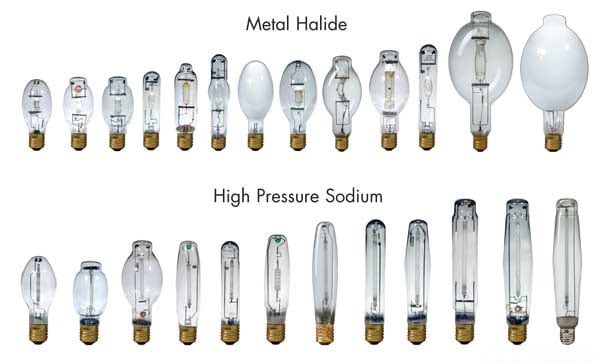
Final Words:
Mercury vapor lamps is the stuff inside a mercury lamp that makes light. When you pass electricity through mercury vapor, it puts off ultraviolet light. That ultraviolet light hits a coating called a phosphor, which turns it into visible light.
In the case of high-pressure mercury lamps, they put off some ultraviolet light and some visible light. These lamps are popular because they are efficient and last a long time.

